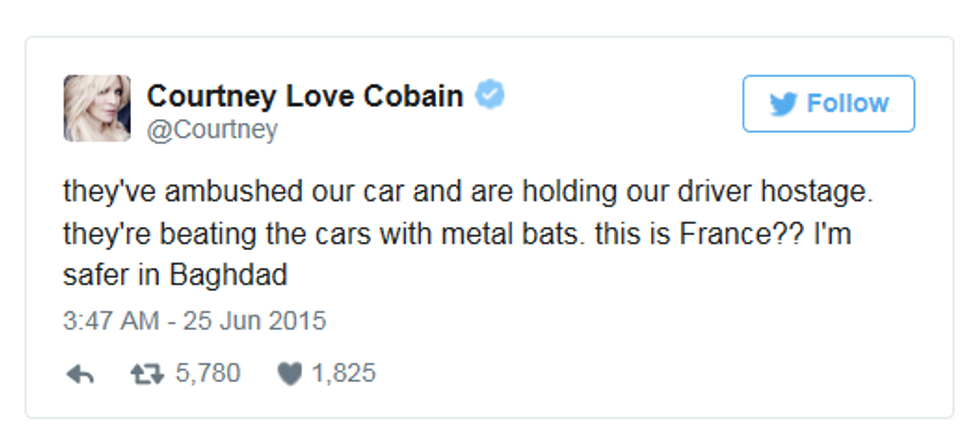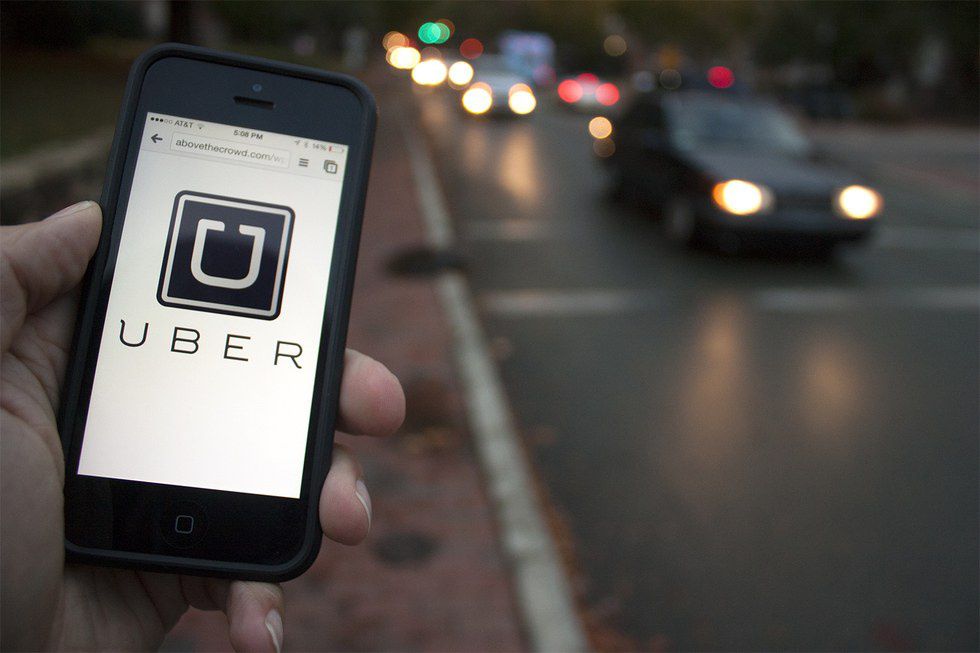Uber has exploded over the past couple of years, exceeding the market cap of both General Motors and Ford. The very idea of the Uber cab came to be only seven years ago, and already the company is valued at a staggering $70 billion! In it's brief history, the company has dealt with competition from other rideshare apps like Lyft, as well as claims that the company bypasses local laws to create unfair competition (more on this later). Success breeds controversy, and with success this monumental, you know Uber has had to face its fair Share.
The Billion Dollar Question
It all began in Paris, France at the LeWeb conference. Garret Camp had just sold StumbleUpon to eBay and Travis Kalanick had just sold Red Swoosh for a cool $19 million. The pair were old friends and decided to meet up. It was a cold winter day and they needed a cab to get around, but found the process to be more trouble than it was worth. This is a common complaint amongst those of us that have ever had to use a cab, but these two guys took the dilemma to a whole new level. It wasn't too long before the pair began to brainstorm how they could make getting a cab fast and easy.
After departing France, Camp continued to work around with the idea as a side project, and by March of 2009 he had come up with a prototype (called UberCab at the time). Camp was once again the CEO of StumbleUpon, and did not have the time needed to oversee UberCab's San Francisco launch. He decided to bring Kalanick on as UberCab's chief incubator in June 2009 and the following year in July, the app went live for those in San Francisco.
Uber Begins To Stir Up a Commotion
Three months after it's initial launch, UberCab closed the deal on a $1.25 million angel financing round with First Round Capital, Lowercase Capital, Founder Collective, and several individual angel investors. Although the company was enjoying their fast paced success, they came under fire the same month for seeming to be a cab company without the proper licensing. The first cease and desist order was brought to them courtesy of the San Fransisco Municipal Transportation Authority (SFMTA) in October, 2010. Despite the C&D order, the company never ceased operations and began to work with the SFMTA to address their violations. The first major change was possibly the most obvious one, the name UberCab had to go.
Over the years, Uber has received countless C&D orders from cities it has launched its services in, but that's not the only backlash Uber has had to deal with during its early stages. In December 2011, on New Year's Eve, consumers were surprised to see that they were going to have to pay between three to six times as much for an Uber ride as they normally would. This is due to what is called dynamic pricing. Uber's dynamic pricing ensures that there is never a supply and demand imbalance within their marketplace. This is necessary because Uber itself does not control their supply of drivers, it is controlled solely by the independent contractors that drive for them. By adjusting the price a user pays for a ride, the company encourages more drivers to work during those hours and less users to ride, effectively leveling out the supply and demand. Uber would come under fire for their dynamic pricing again in 2012 when they raised fair prices during Hurricane Sandy. This decision did not stand though, in the end, Uber waived the fees and let the drivers keep the entire fair.
Paris On Fire
As I am sure you have guessed by now, most taxi drivers are not to keen on Uber cutting into their business. This makes sense when you consider the fact that a taxi cab medallion, which is basically a permit to drive a cab, is between $300,000-$800,000 depending on the state! A driver doesn't necessarily have to buy their own medallion, it is more common that a cab company owns the medallion and then rents it out to their drivers. Yes, I said rent, as in most cab drivers start their shift owing their boss money. So why would anyone want to be a cab driver instead of an Uber driver? I don't personally know anyone that makes a living driving for Uber (but that isn't to say it is impossible). Unfortunately, the frustration of the drivers manifested itself in the form of violent protests in 2014.
The 2014 protests were not the end either, cab drivers in Paris took to the streets once again in 2015. Burning vehicles, smashing windows, and even reports of holding Uber drivers hostage emerged over the course of the events. Road access to the capital's main airports were completely blocked by burning tires and debris. Singer Courtney Love even live tweeted her drivers window being smashed, followed by her driver being taken hostage.
In January of this year, anti-Uber strikes in Paris turned violent once again. Masked protesters began stopping traffic (which then turned into physical fighting), and torching car tires. By midday around 20 arrests had already been made, and one man was seriously injured.
Final Thoughts
Personally, I find Uber to be an ingenious idea, and I always use their services when I am out of state. Progress isn't easy for everyone involved, and sometimes no matter how great an invention is for the world, it can hurt certain groups of people. Life is a lot like a game of musical chairs; whenever a major change in society occurs, it can be likened to the music being turned off and everyone but one person finding a seat.
The stories mentioned in this article are far from the only controversies Uber has faced in it's lifetime. As new ride sharing companies like Lyft began to emerge, things began to get shady for all parties involved. If you found this article interesting, I encourage you to research the company even further.

























